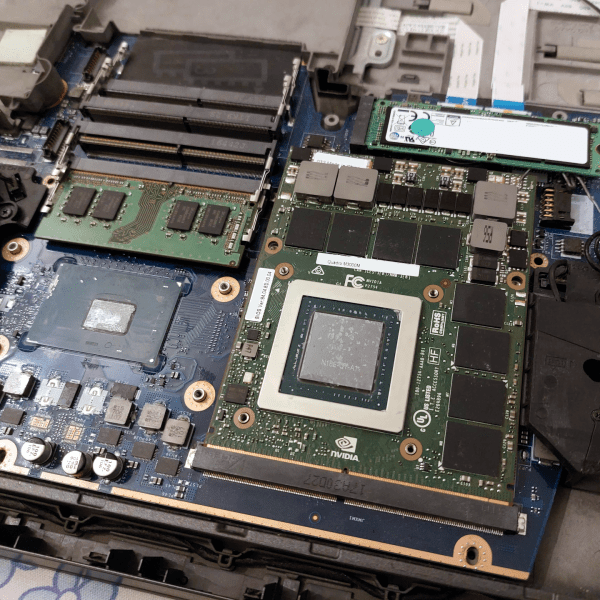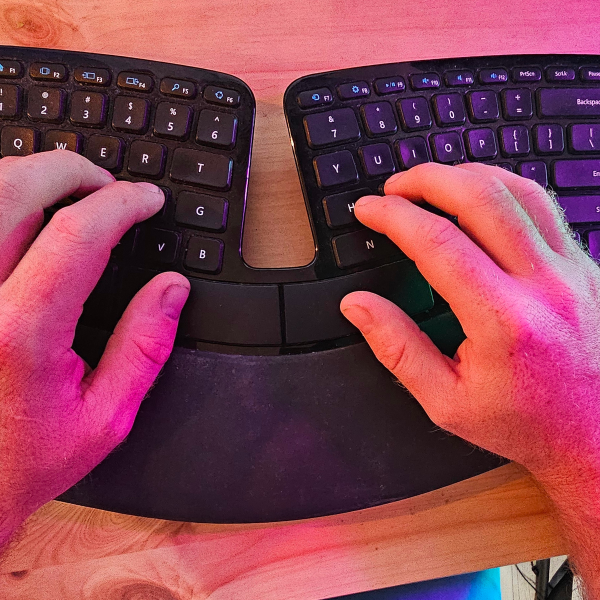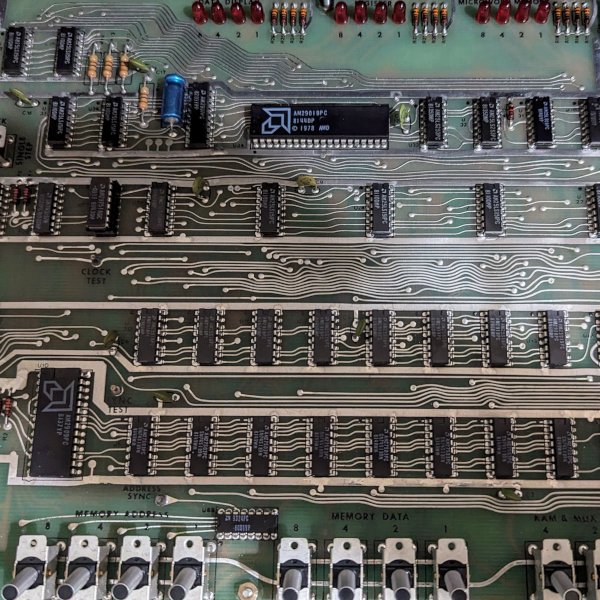[youtube=http://www.youtube.com/watch?v=1LG2Ecsk13Q]
[Darrell] is using a sound card to drive this servo motor. The motor draws power from a cellphone battery with the control signal coming from one of the audio channels. It’s not too surprising that this works since the motor just needs a PWM signal to operate and that’s what is used to create the different frequencies of sound on electronic speakers. We’re not sure what [Darrell’s] got planned for this system but he mentions that two servos can be used, one on each audio channel. If you’re not using your sound card this would be a way to stop using the Arduino for that mail checker and just use a little flag attached to a servo. When mail comes in the appropriately engineered sound raises the flag.















Two channels? Why not implement this with a cheapy 7.1 channel card, and get all kinds of little flags? That would be pretty cool.
[…] and that’s what is used to create the different frequencies of sound on electronic speakers.
no. thats wrong. he is playing a special soundwave: “[…] play a special tone that is low for between 1-2ms and high for the rest of the time at 48hz!” as written in the description of the video.
I think this works because the servo has internal clamping diodes on the input terminal which add a dc-component to the soundcard signal.
It can be a pain connecting your ‘physical’ project to your computer, but using your soundcard is a cool approach – especially if you don’t need any complicated logic on the receiving end.
I was pondering this idea a year ago thinking about cheap ways to drive an X-Y plotter. this is awesome!
now if you can get some software to convert XYZ coords into 3 ch pwm audio, you’d have a really cheap driver for a CNC with hobby servos.
I was.. and still am thinking about doing something like this with the Android phone. I had issues getting the signal to the levels i needed.. I should try it out again.
Cool. I did this with the PWM out on my Moog. This, of course, was post mixer. I wouldn’t chance blowing up a vintage synth! (8-O
To clarify, when I say “low” I mean logic low, not music low. The pulse is high to low for Hitec and Futuba servos, but I think it is inverted for Airtronix and JR, so you may have to experiment.
Theoretically it should be at 50hz because servos are supposed to get a pulse every 20ms but I found that a slightly lower freq eliminates jitter. Also never pulse a servo at more then 50hz or you may damage the motor driver circuit.
Neat idea.
And I am reminded that my C64 D2TV has three audio channels that can be brought out individually, as well as a PWM waveform. Hmm…
Oh, and then there’s that app note from Maxim about using an audio amplifier IC as a stepper motor driver (google it). Misuse of technology can be fun!
Seems like a great hack for simple motion control on halloween props. Just use a voice recorder chip or mp3 player and put it on a loop. Of course I would probably use a cheap microcontroller but if you don’t want to program it would be an easy alternative. Outstanding hack.
@Brian Aday
I didn’t even think about an MP3 player, that might work depending on how good the player handles those frequencies. If you want to just move a servo, a cheap $10 MP3 player can be reused.
I often use my line-input as an ADC for when I need to measure something.
Recently, I’ve measured the speed of my hometrainer by connecting the flywheel sensor directly to my line-input. By measuring the time between each pulse, I could calculate my current cycling speed. You can read about it on my blog.
I did nearly the same thing last year, needed to hook up a stepper motor to a new laptop without the traditional parallel port, didnt want to use a micro for usb (or the controller) so I used the sound output, my controller was set up for 2 inputs one to step left, the other channel to step right.
The whole project was to move a camera for a time lapse panorama.
also another mod is to use a high pass filter and transistor switch. this way the pc can generate >15 kHz outputs (sound cards often work up to 22) and the servo will react to it as if it were a lower frequency.
total parts count is under 10 for two channels.
http://www.dealextreme.com/details.dx/sku.9723
$2.78 USB
sound carddual servo controller, free shipping.